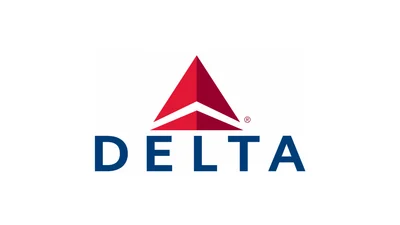Technical considerations were central to this choice. Early versions of the JT8D engine did not provide enough power for a large twinjet operating from challenging airports. A four-engine layout would have increased complexity and drag, while a twin lacked sufficient thrust redundancy and regulatory clearance for certain routes. The trijet arrangement offered enough power for takeoff performance while keeping structural weight manageable.
The 727’s T-tail design enabled all three engines to be mounted at the rear, leaving the wings clean for improved aerodynamics and lift—important factors for operations from shorter runways. However, this configuration also brought risks such as deep stalls and maintenance difficulties due to restricted access to the number-two engine in the tail.
A notable incident involving the 727 occurred on November 24, 1971, when D.B. Cooper hijacked a Northwest Orient flight, parachuting from its rear stairwell after extorting ransom money. In response, authorities required anti-hijack modifications known as “Cooper vanes” on these aircraft.
Compared with competitors like Hawker Siddeley’s Trident and Tupolev’s Tu-154M—which also adopted trijet designs—the Boeing 727 found success by balancing performance with regulatory compliance. It enabled airlines to serve markets previously inaccessible due to runway length or overwater restrictions.
Despite its advantages during its prime years, there were drawbacks. The S-duct feeding air into the central engine sometimes caused compressor stalls due to disrupted airflow; later models included vortex generators and modified inlets as remedies. Maintenance crews faced challenges accessing the tail-mounted engine, leading to longer turnaround times compared with wing-mounted alternatives on newer jets such as the Boeing 737 or 757.
Noise was another concern: low-bypass JT8D engines produced higher noise levels than modern turbofans. As noise regulations became stricter in later decades, many operators installed hush kits—a costly solution that reduced both thrust and economic appeal.
Ultimately, compliance costs combined with advances in quieter twinjets led most airlines to retire their passenger-configured 727s by the early 2000s.
The Boeing 727’s legacy is one of compromise between technical capability and operational need at a time when jet aviation was rapidly evolving. Its influence persists today as manufacturers continue weighing similar trade-offs when designing new airliners.
 Alerts Sign-up
Alerts Sign-up





































